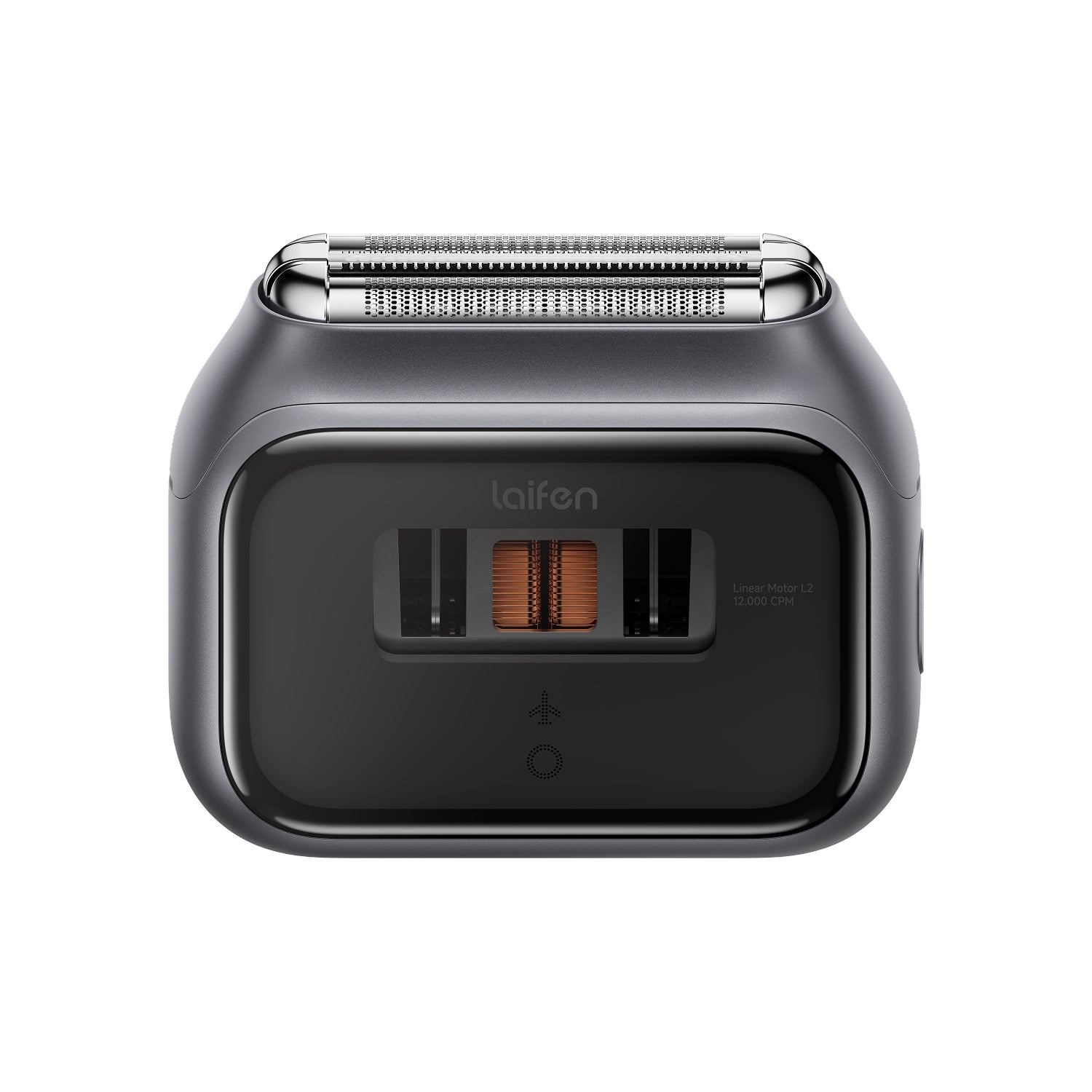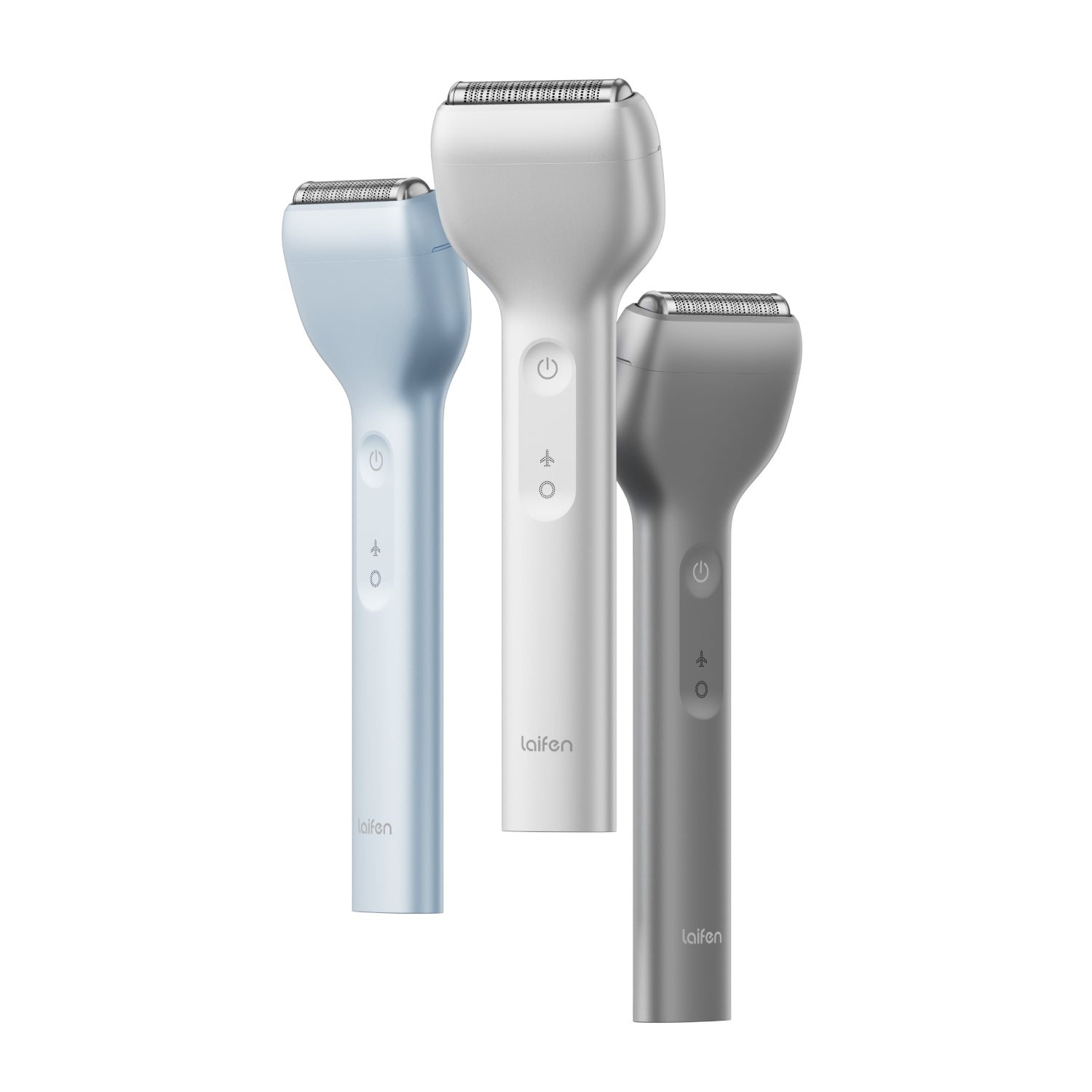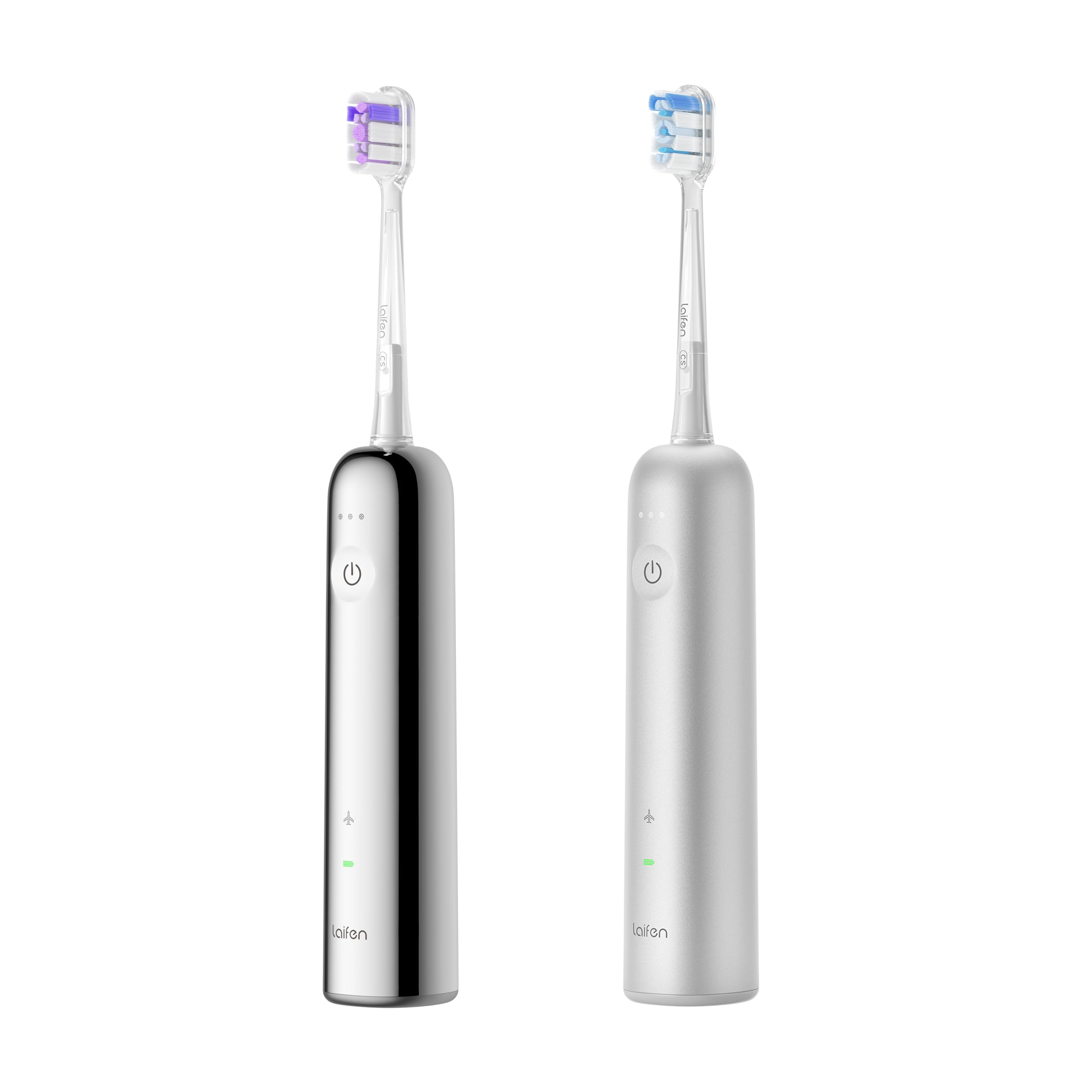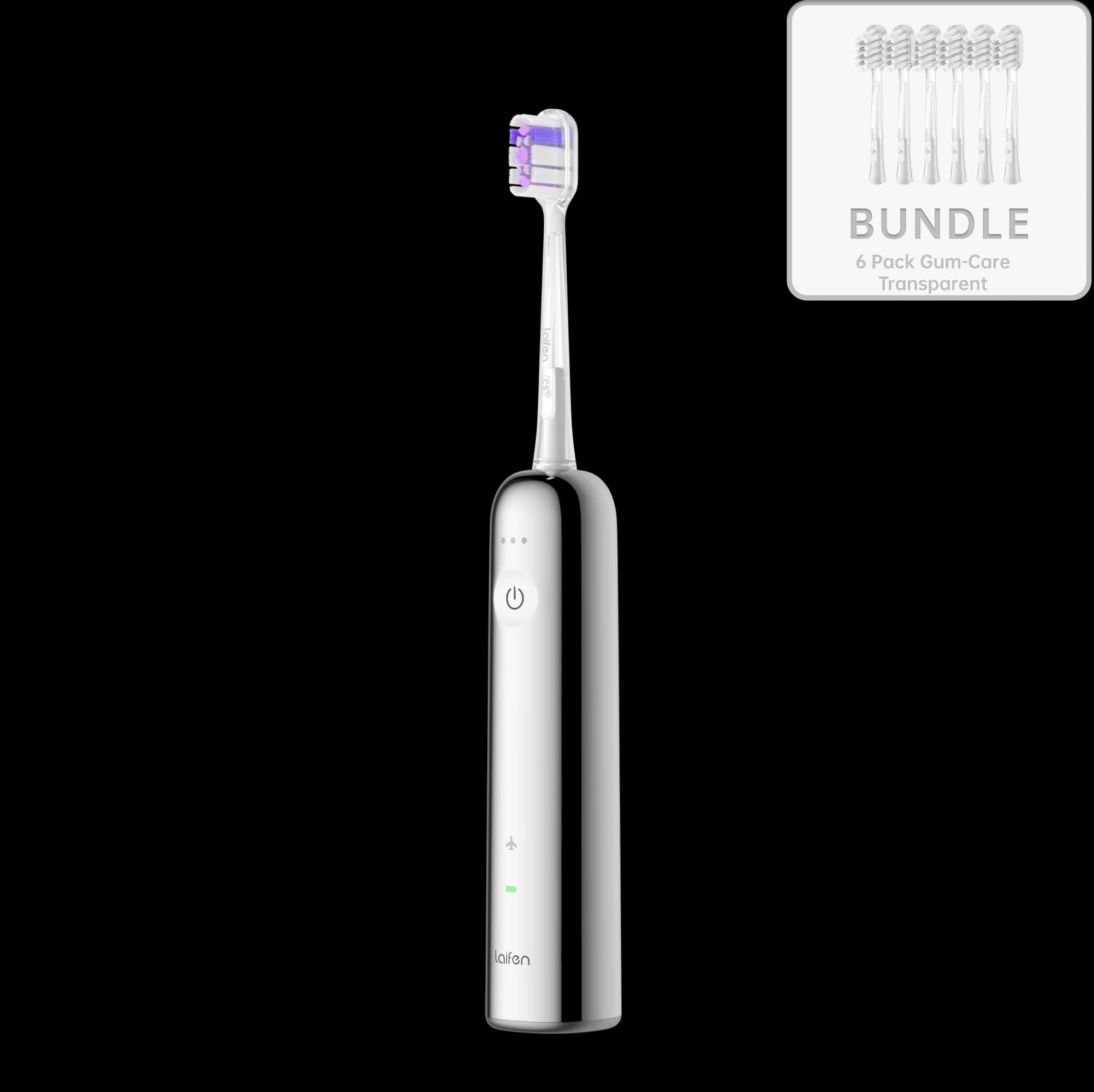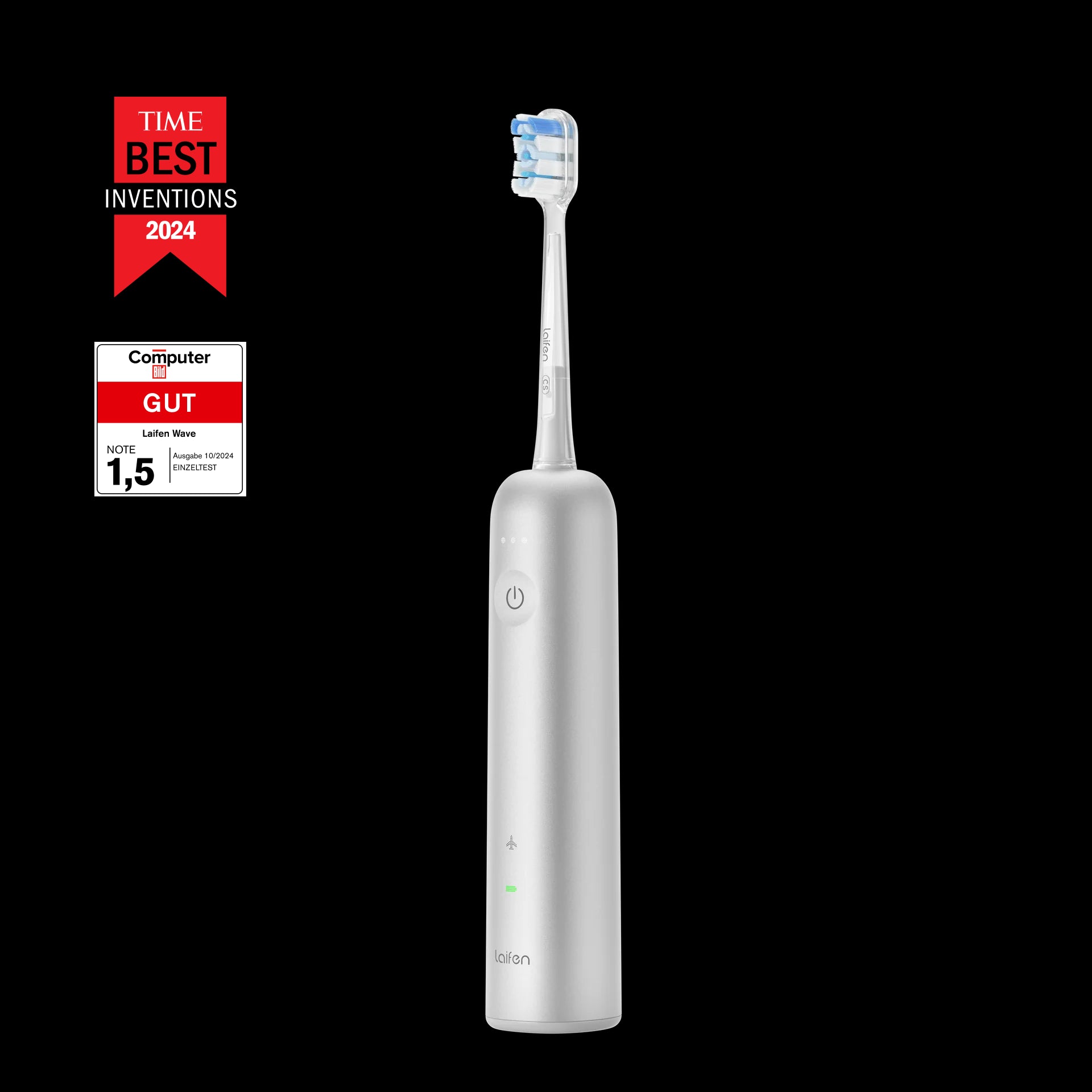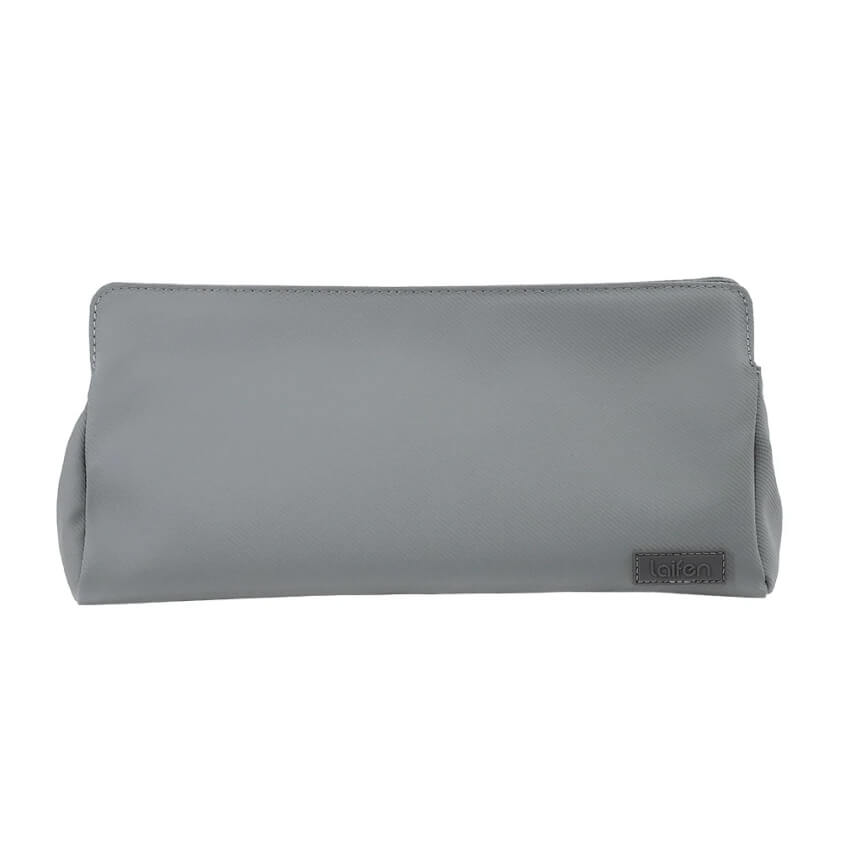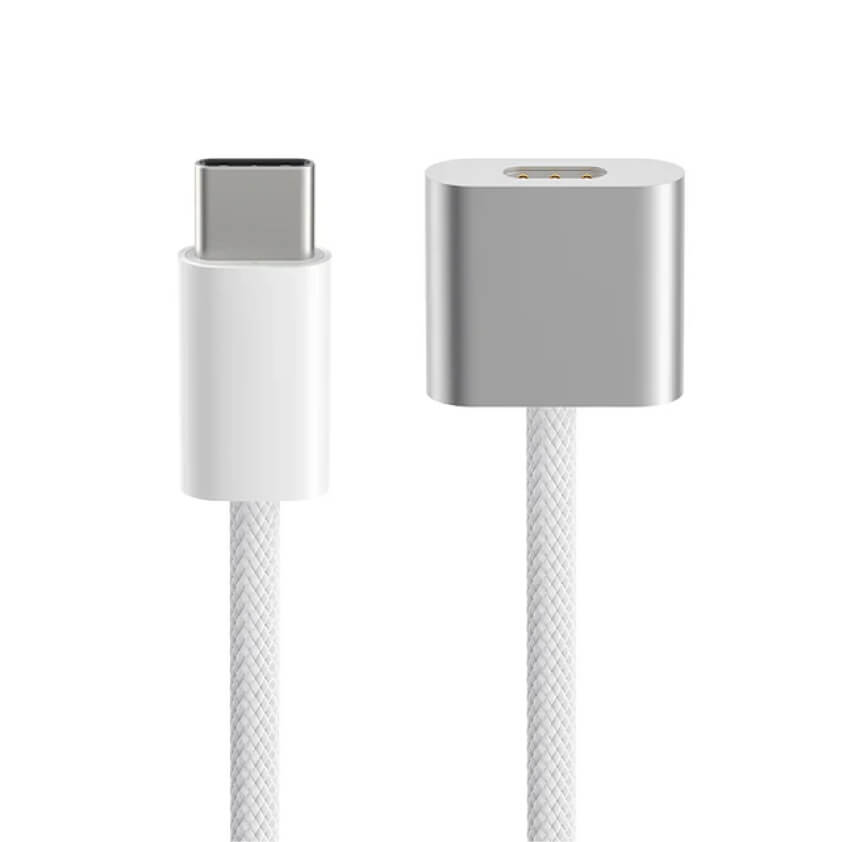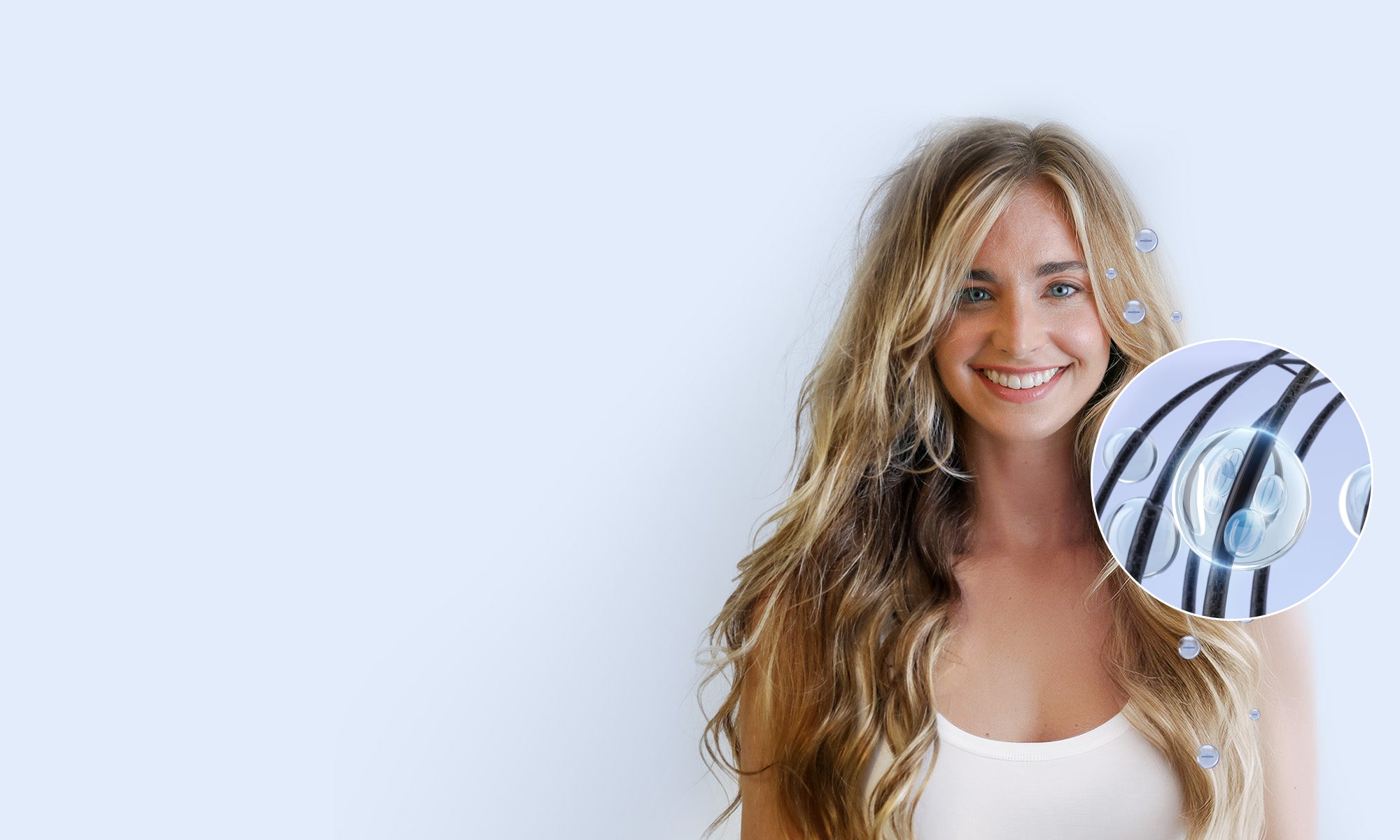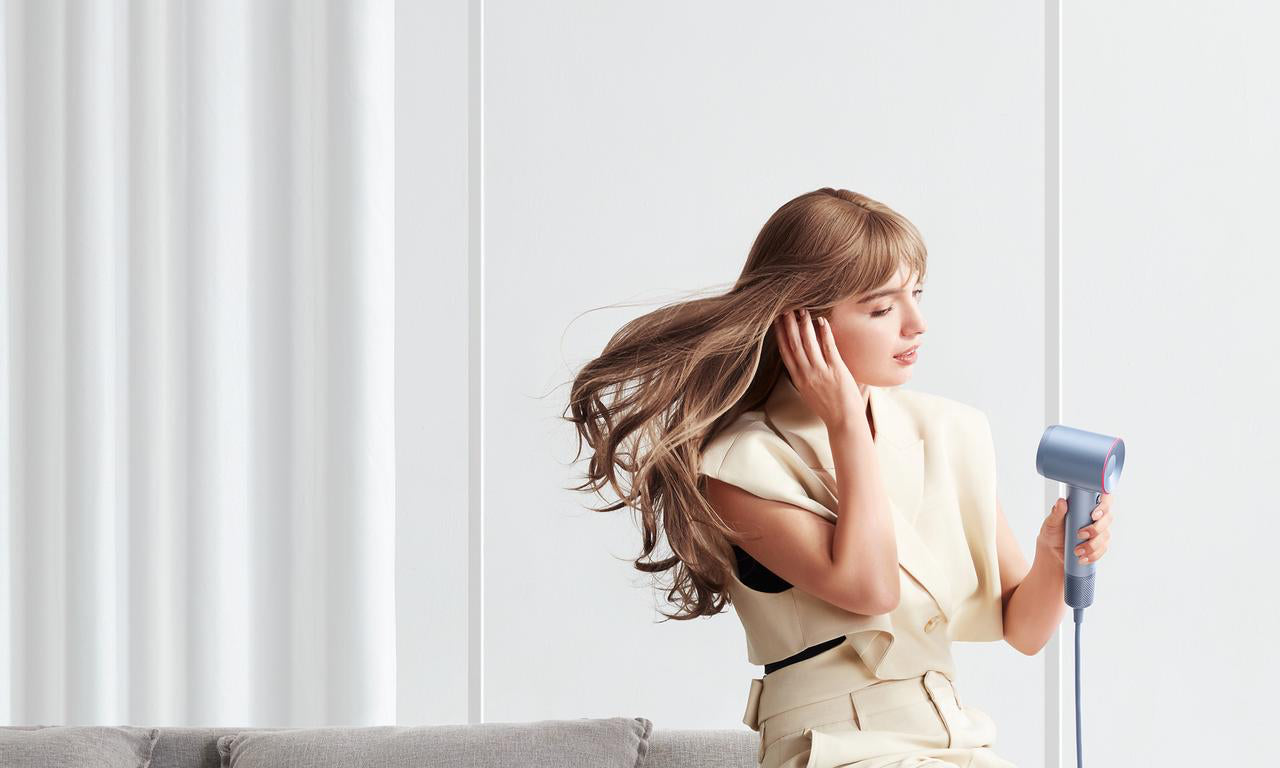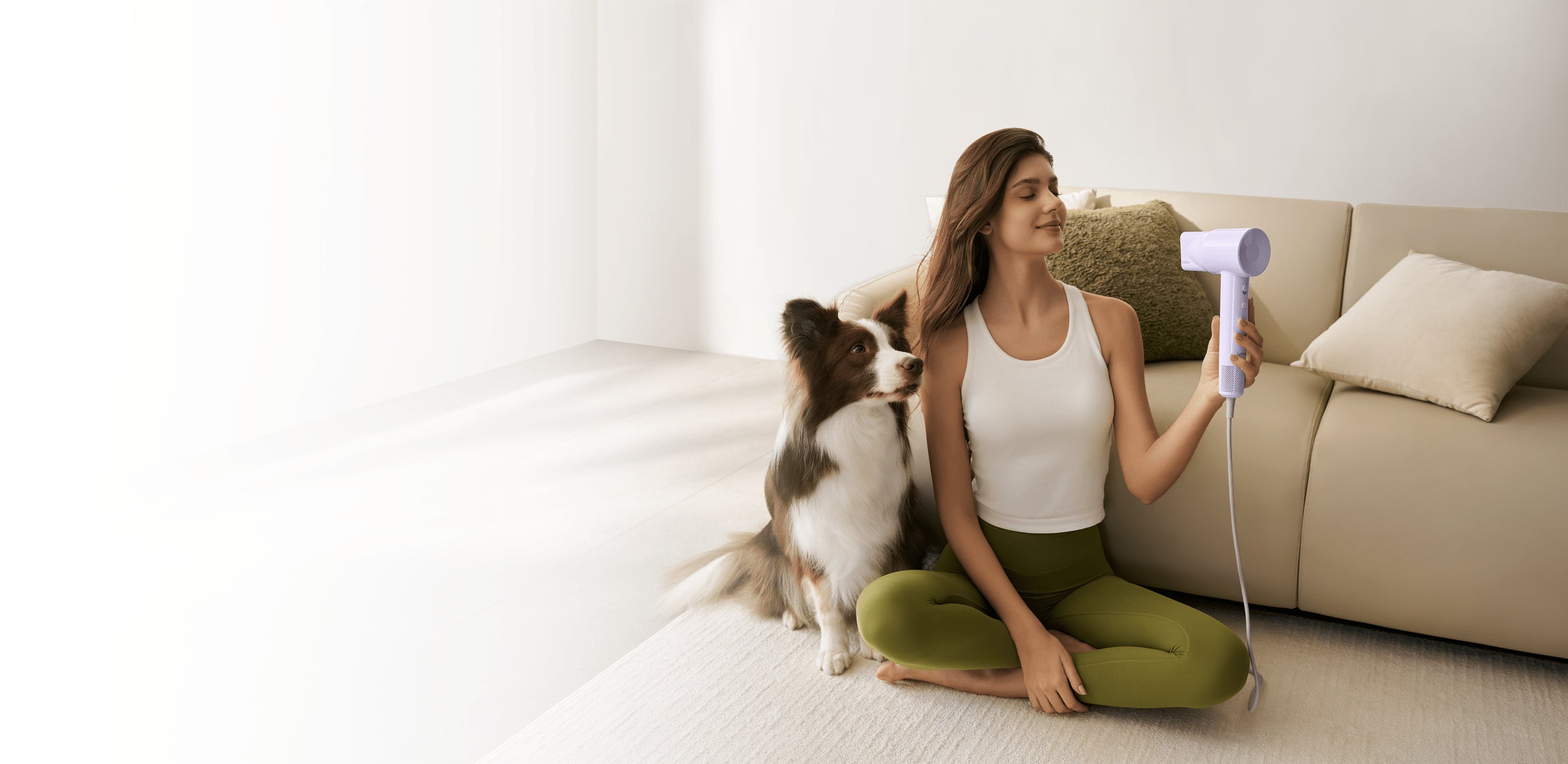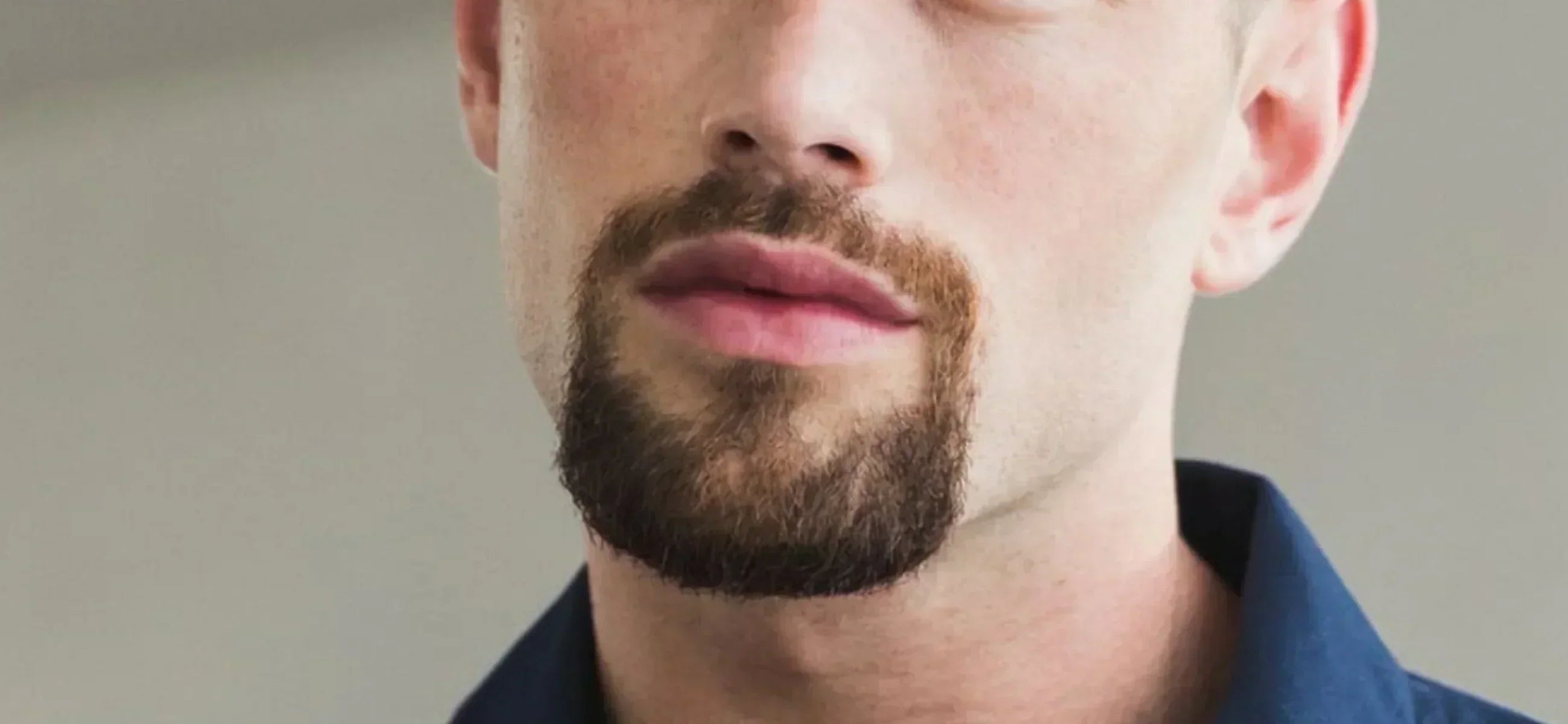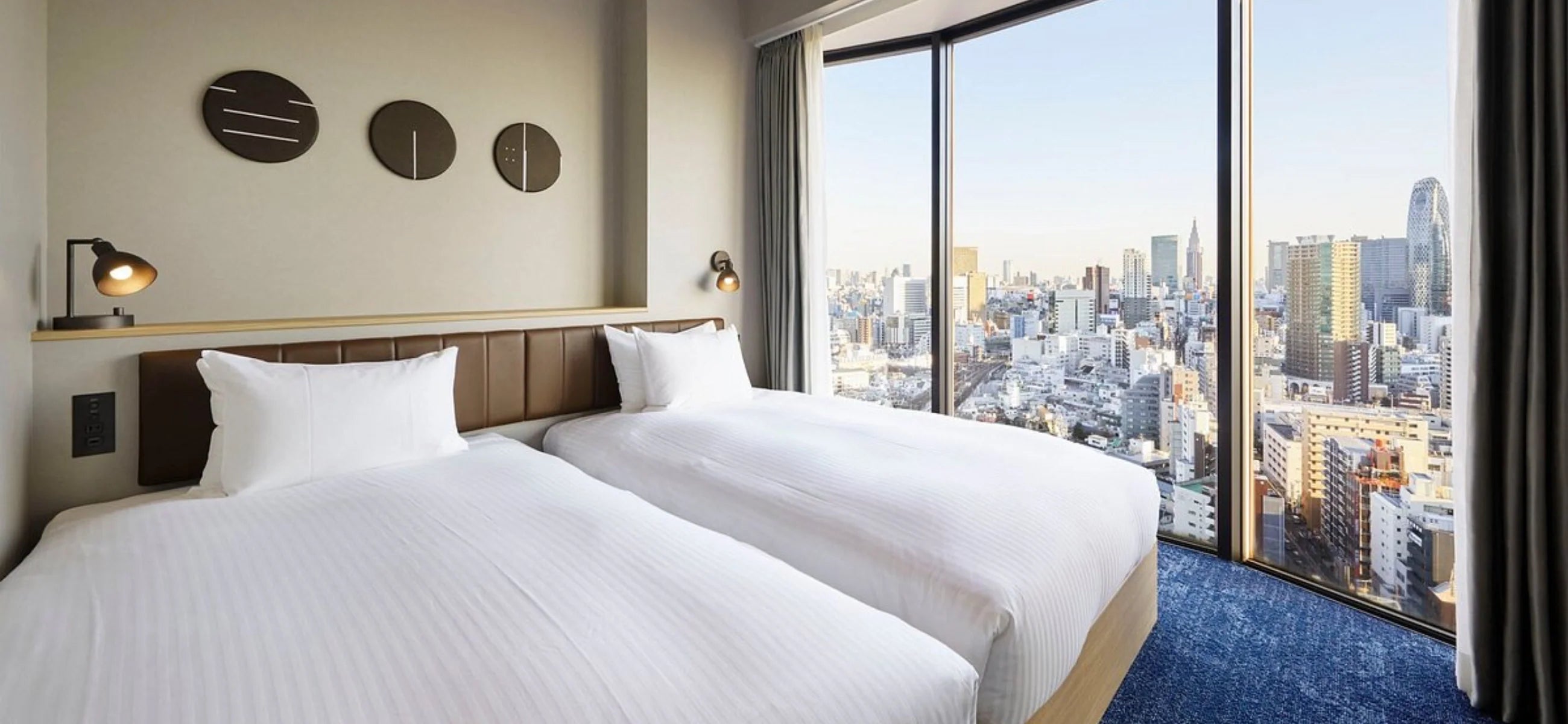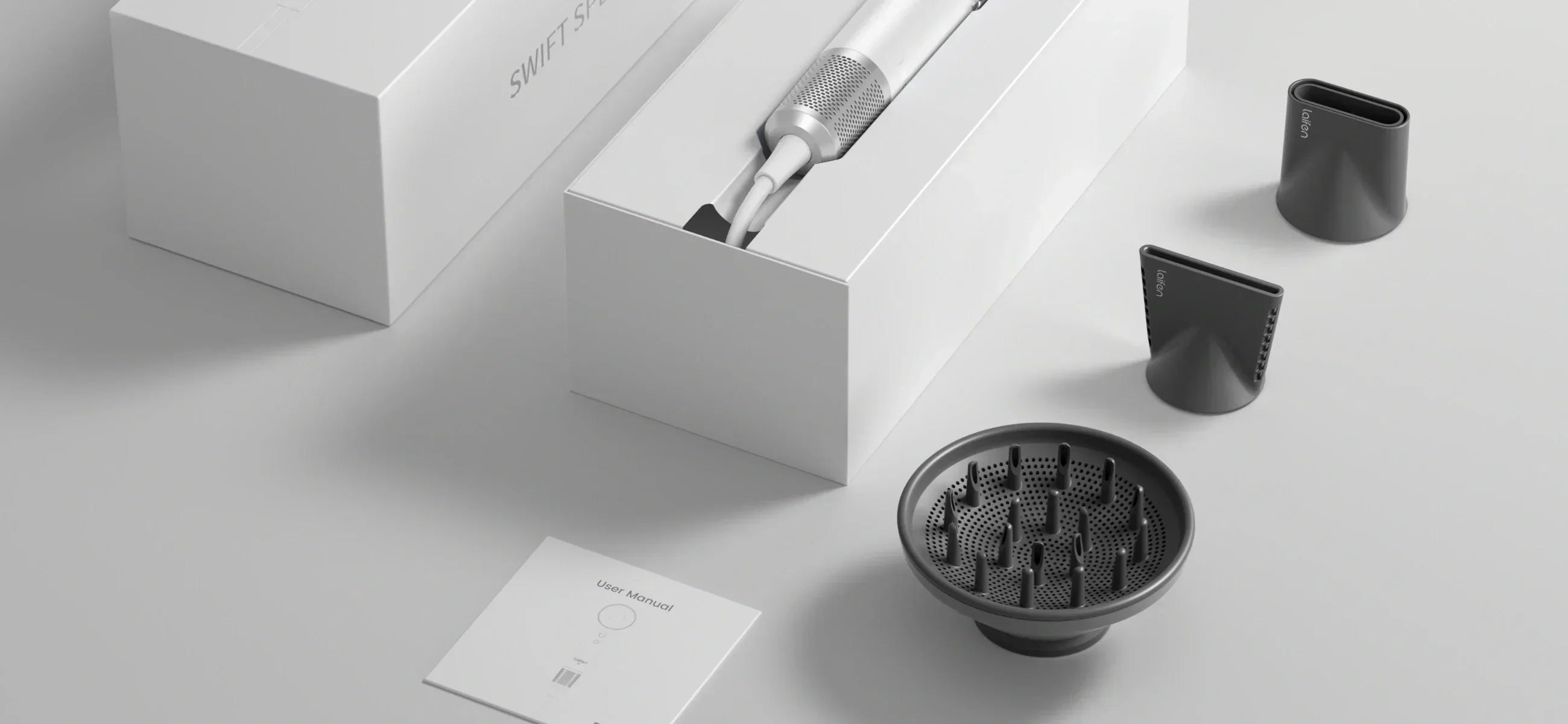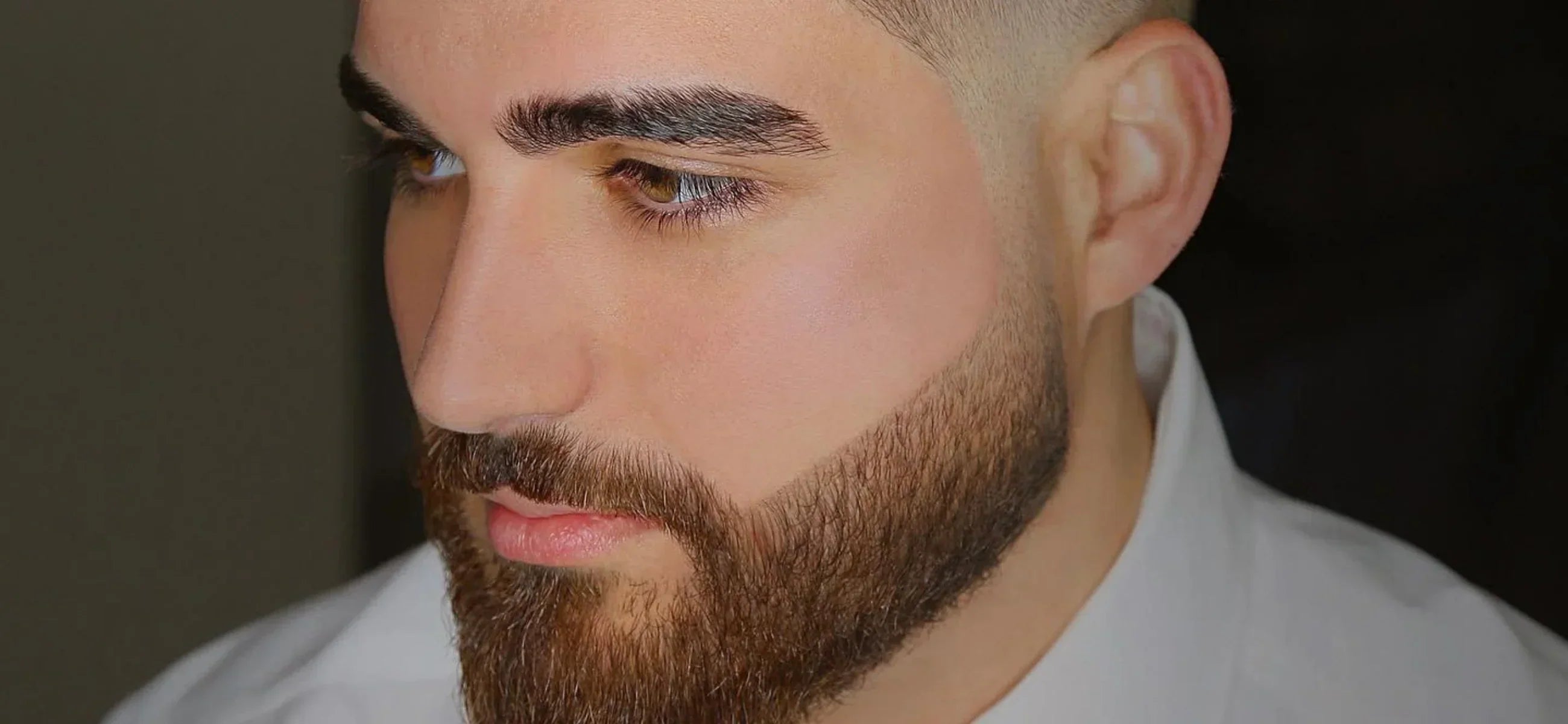
In this article
Barbers know one secret: a clean fade can transform an ordinary beard into a masterpiece. It sharpens your jawline, frames your face, and instantly elevates your style. But you don’t need to sit in a barber’s chair every week to get that look.
With the right approach, anyone can fade their beard at home. As someone who’s helped countless men improve their beard game, I’ve broken down the exact six steps barbers use (and the mistakes they avoid) so you can master the fade with confidence.
Tools & preparation
Before you start fading your beard, the right preparation makes all the difference. Most mistakes happen not because guys don’t know how to fade, but because they rush in with the wrong tools or poor lighting.
Essential tools you’ll need
1. Electric shaver / trimmer

A precise, powerful trimmer is the heart of a good fade. Without consistent power and sharp blades, your fade will look patchy.
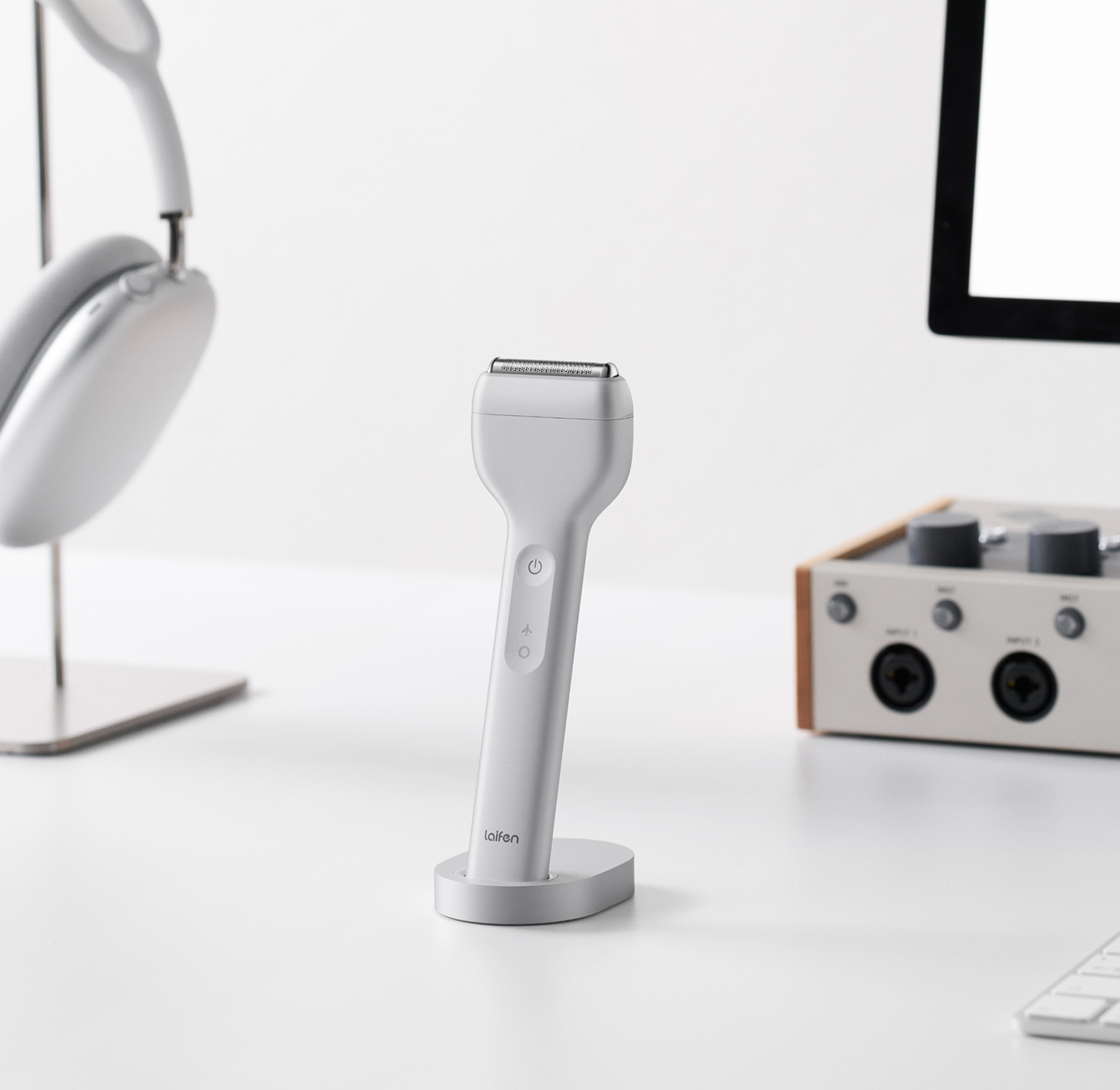
Laifen T1 Pro 1-Blade Electric Shaver with Linear Motor
• CNC unibody design feels modern
• 0.055mm ArcBlade foil gives a close shave
• 4 months shaving, 120-min fast-charging
• IPX7 waterproof for safe wet or dry shaving
Recommended: The Laifen T1 Pro — engineered for smooth, even cutting with advanced motor control. It’s lightweight, has multiple guard attachments, and delivers barbershop-level precision at home.
2. Clipper guards / attachments
Multiple guard sizes (e.g. #4, #3, #2, #1.5) are essential to create a gradual fade. Skipping sizes is the fastest way to end up with harsh lines.
3. Comb
A fine-tooth comb helps guide the clippers for blending, while a wide-tooth comb lifts thicker beards evenly. You’ll also use it for the “clipper-over-comb” technique in the final blending stage.
4. Mirror setup
Ideally, use two mirrors (one handheld, one fixed) or a three-way mirror setup so you can check both sides of your fade. Symmetry is everything.
5. Good lighting
Natural daylight is best, but if you’re indoors, position a bright light directly on your face. Poor lighting hides mistakes until it’s too late.
6. Beard oil or conditioner (Optional but recommended)
Softening your beard before trimming helps the blades glide more smoothly. Beard oil also reduces irritation and keeps your fade looking neat afterward.
Preparation checklist
● Wash and dry your beard so clippers don’t snag.
● Decide your fade style (low, mid, or high) before starting.
● Lay out your guards in order so you don’t grab the wrong one mid-fade.
● Keep a towel or cape handy to minimize cleanup and distractions.
6 steps to fade your beard easily
Here’s the simple six-step method:
Step 1: Choose style

Decide if you want a low, mid, or high fade. Use your cheekbones and sideburns as natural guides. Planning first prevents uneven fades and wasted trimming.
Step 2: Trim the bulk to a base length
Start with your longest guard to set an even foundation across your beard. The Laifen T1 Pro, with multiple guard options, makes this step smooth and consistent.
Step 3: Begin fading
Work downward through smaller guard sizes (e.g. #4 → #3 → #2). Overlap strokes slightly to blend each layer. Never skip guard sizes, that's what creates harsh steps.
Step 4: Use flicking and corner techniques
Instead of cutting straight down, flick the trimmer outward at the fade line. For stubborn areas, use just the corner of the blade for subtle blending.
Step 5: Refine with comb-over techniques
Hold a comb through the beard and run your trimmer lightly over it. This barber trick smooths out any transitions and helps remove stray, uneven hairs.
Step 6: Check symmetry
Step back, check both sides in good lighting, and make tiny corrections. Use the T1 Pro without a guard for neckline cleanup and detailing around the jaw.
Aftercare tips for fading beard
Proper aftercare keeps your beard looking sharp and healthy.
1. Freshly trimmed hairs can feel rough or cause itchiness. Use a light beard oil keeps the hair soft, reduces irritation, and adds a healthy shine.
*Like: Argan or jojoba oil absorbs quickly without greasiness.
2. Your fade will lose definition if stray hairs creep in. Touch up lightly every 5–7 days with a precision trimmer like the Laifen T1 Pro to maintain sharpness.
3. Faded beards show dirt and dryness faster. Use a gentle beard shampoo 2–3 times a week, followed by conditioner, to prevent flakes and keep the blend looking fresh.
4. Skin just under the fade can get sensitive. Avoid heavy colognes immediately after trimming. Instead, use an alcohol-free aftershave balm to soothe and protect your skin barrier.
When to seek a barber?
DIY fades are great until you hit a wall. Maybe your beard has stubborn patches, you cut too high on one side, or you can’t soften a harsh line no matter how many guard passes you try. That’s when it’s time to call in a barber.
Barbers are experts in fixing mistakes and blending tricky growth patterns. They can even recommend personalized guard sizes, trimming techniques, or products that suit your beard type. In short: if your fade feels more like damage control than grooming, let a professional reset the canvas.
Wrap-up
At-home fades are completely achievable with patience, the right technique, and reliable tools. Still, knowing when to call in a barber is part of mastering the process. It is a teamwork: the barber helps set the foundation, while you maintain it in between visits. This balance keeps your beard consistently sharp and healthy. Over time, you’ll know exactly when a DIY fade will do and when it’s worth booking the chair.
FAQs
Is it easier to fade a beard when it’s long or short?
It’s easier to fade when your beard is a bit longer. Longer hair gives you more room to compound in steps between guard sizes, which reduces the risk of creating harsh steps or bald patches. If your beard is too short, every mistake shows immediately. A good rule: trim down to your base length first, then start fading.
How often should you touch up a beard?
Most men need a touch-up every 7–10 days. Touch-ups don’t always mean a full fade, sometimes just cleaning the neckline keeps everything looking sharp. Regular light maintenance also prevents the dreaded “blocky” look as hair grows out unevenly.
Can I fade a patchy beard?
Yes, in fact, fading can hide patchiness. By keeping the sides shorter and adding into the fuller areas, you draw attention away from thin spots. The trick is not to over-fade, keep some length where coverage is lighter so the fade looks intentional. A light fade plus good beard oil often makes patchiness much less noticeable.
What guard sizes should I use for a mid fade?
A typical mid fade works well starting around #4 or #5 guard at the top, stepping down to #2 or #1.5 near the cheek/sideburn transition. Always overlap passes to keep it smooth. The exact numbers may vary based on your beard density, but never skip guard sizes.
Can I fade with scissors without clippers?
Technically yes, but it’s far more challenging. Scissors can help with small touch-ups or combing strays using the “scissor-over-comb” technique. But for a clean, even fade, clippers with guard attachments are far more reliable. If you only have scissors, take it very slowly and focus on softening lines, not creating a full fade.
How to fix a fade that’s too short or harsh?
Don’t panic, even pros slip up. If it’s too short, let the hair grow for a few days before mixing up again. In the meantime, use a slightly longer guard and run it over the harsh area to soften the line. Beard balm or oil can also make the fade look more natural by adding texture and shine.

